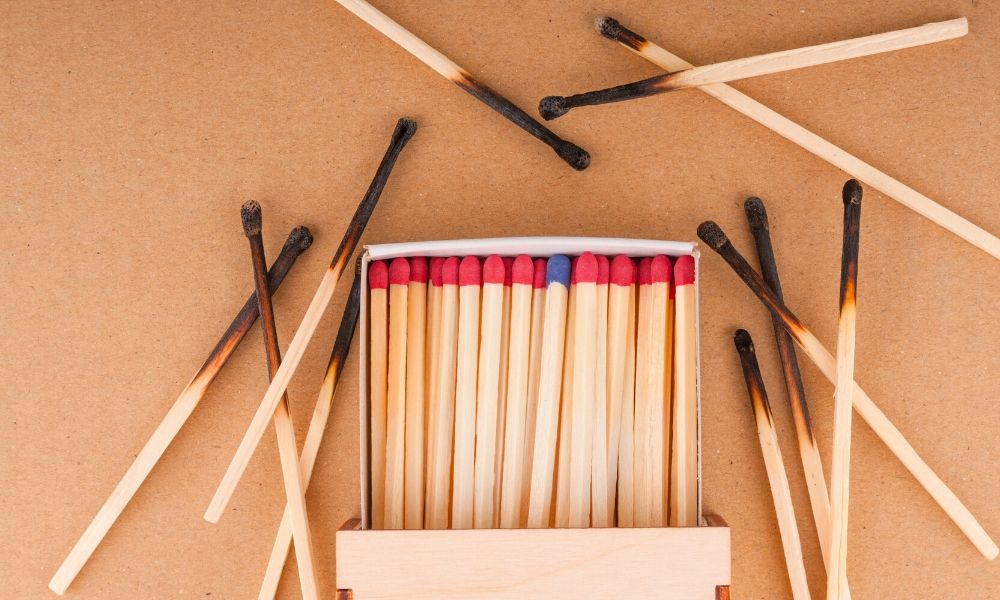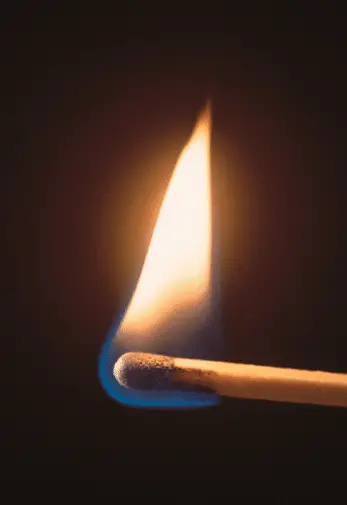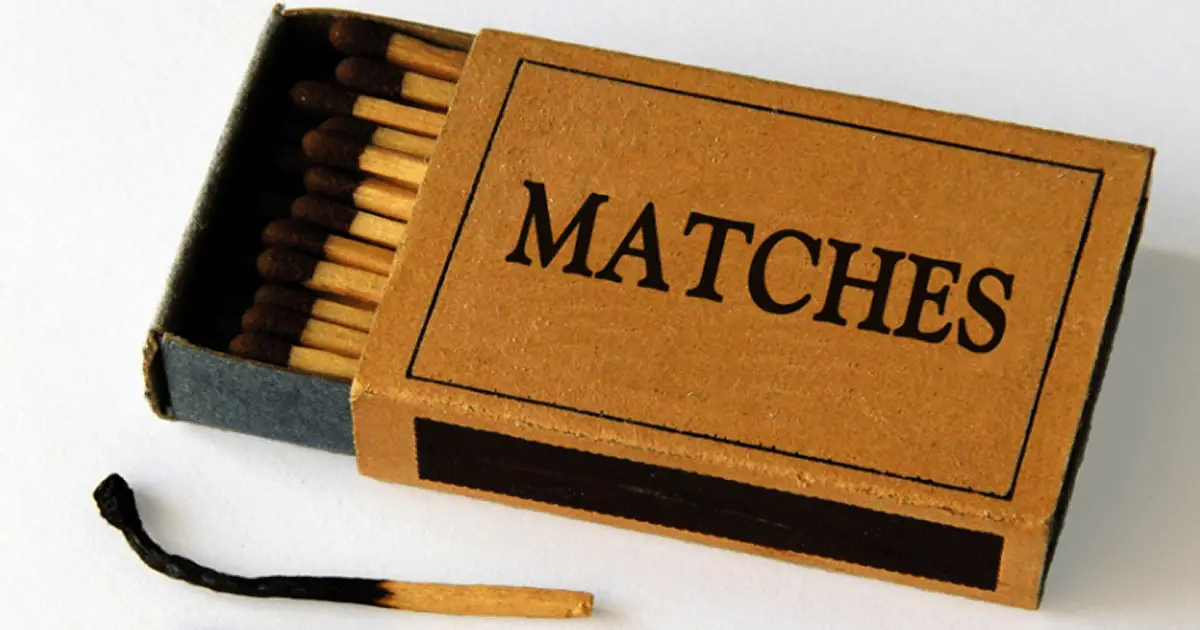
Introduction
Matches are a common household item that we use almost every day. From lighting candles to starting a fire, matches have become an essential part of our daily lives. But have you ever wondered when matches were invented? Who invented them? And how did they become so popular? In this article, we’ll explore the fascinating history of matches.
Early Methods of Creating Fire

Long before matches were invented, people had to rely on other methods to create fire. The earliest methods of creating fire involved using friction between two pieces of wood or stone. This process was time-consuming and required a lot of effort.
Later, people discovered that they could create fire by striking a piece of flint against steel. This method was faster and more efficient than rubbing two pieces of wood together, but it still required skill and practice.
The Invention of Matches

The modern match as we know it today was invented in 1826 by a British chemist named John Walker. Walker was attempting to create a new way to start fires for his chemistry experiments when he accidentally discovered the match.
Walker had coated a stick with a mixture of potassium chlorate, antimony sulfide, and gum, and when he accidentally scraped the stick across the floor, it ignited into flame.
The Popularity of Matches
After Walker’s discovery, matches quickly became popular. They were easier to use than flint and steel, and they could be produced in large quantities. By the 1830s, match factories had sprung up all over Europe and North America, producing millions of matches every day.
However, the early matches were not without their problems. They were made with toxic chemicals that could be dangerous to the people who made them and the people who used them. In addition, they were prone to spontaneous combustion and could cause fires if not handled carefully.
Improvements in Match Technology
Over time, improvements were made to the design of matches to make them safer and more reliable. In 1844, Swedish chemist Gustaf Erik Pasch invented the safety match, which could only be lit by striking it against a special surface.
In the late 19th century, matchboxes were invented, which made it easier to carry matches around and keep them dry. And in the 20th century, the use of more environmentally friendly materials in match production became widespread.
The Legacy of Matches

Today, matches are still widely used, although they have been largely replaced by lighters and other devices. They have become an important part of our cultural history and have even been used as an artistic medium in matchstick art.
So the next time you light a match, take a moment to appreciate the fascinating history behind this humble household item.
Conclusion
In conclusion, matches were invented in 1826 by a British chemist named John Walker. They quickly became popular and were produced in large quantities by factories all over the world. Over time, improvements were made to make matches safer and more reliable. Today, matches are still widely used and have become an important part of our cultural history.